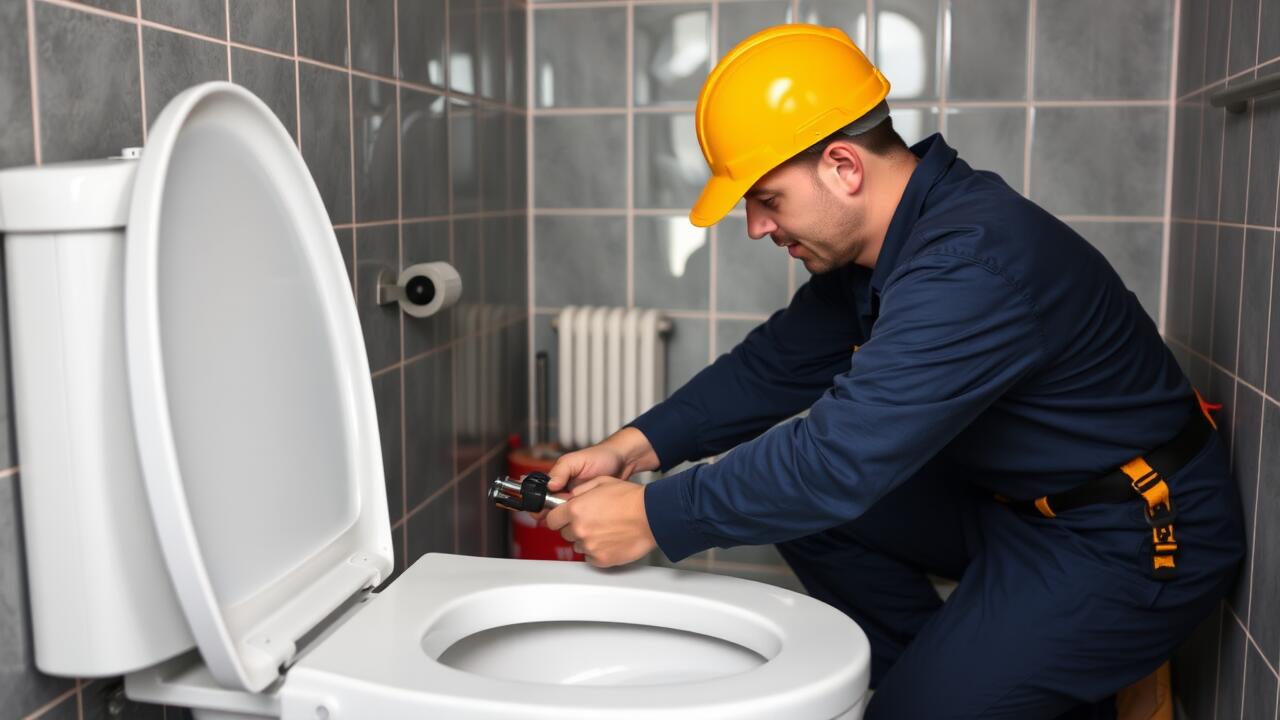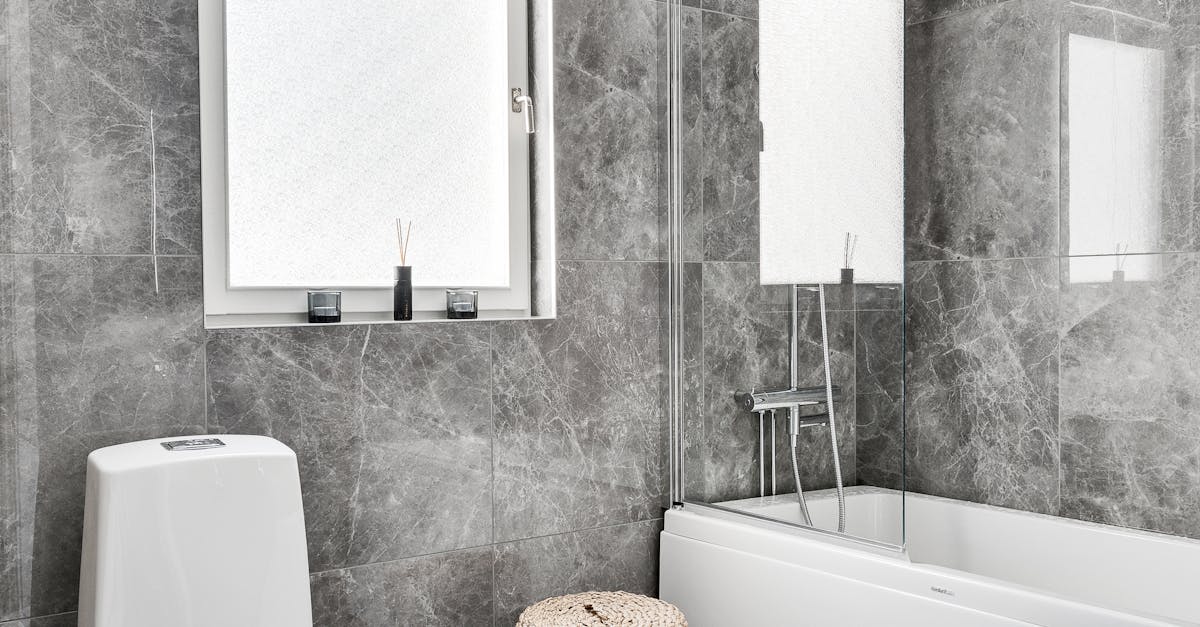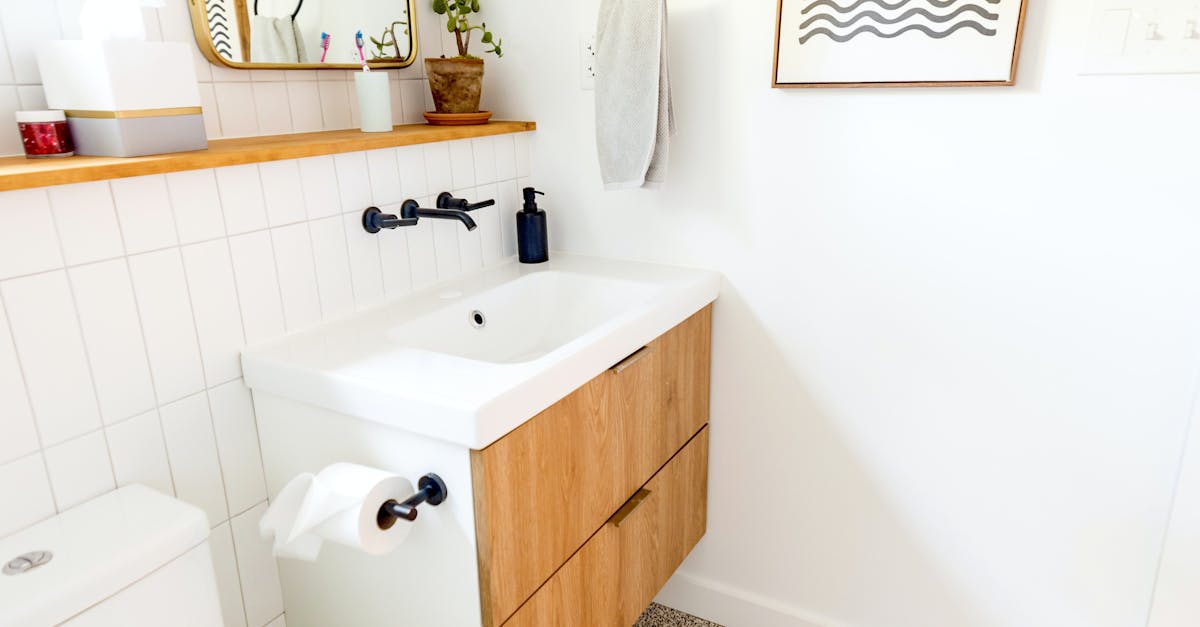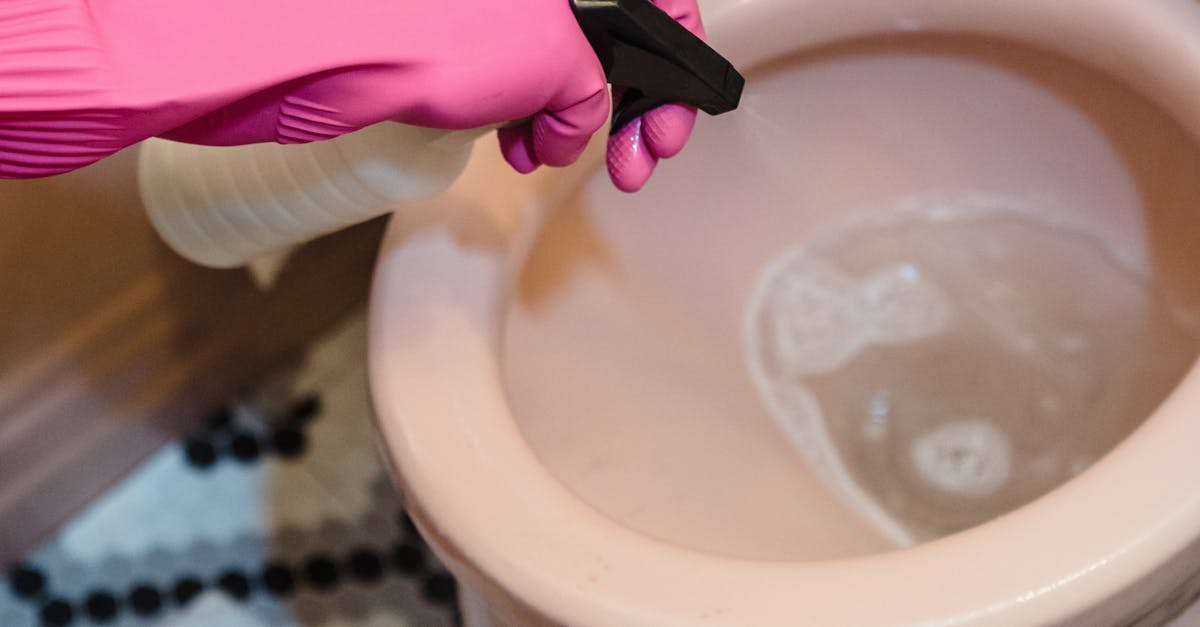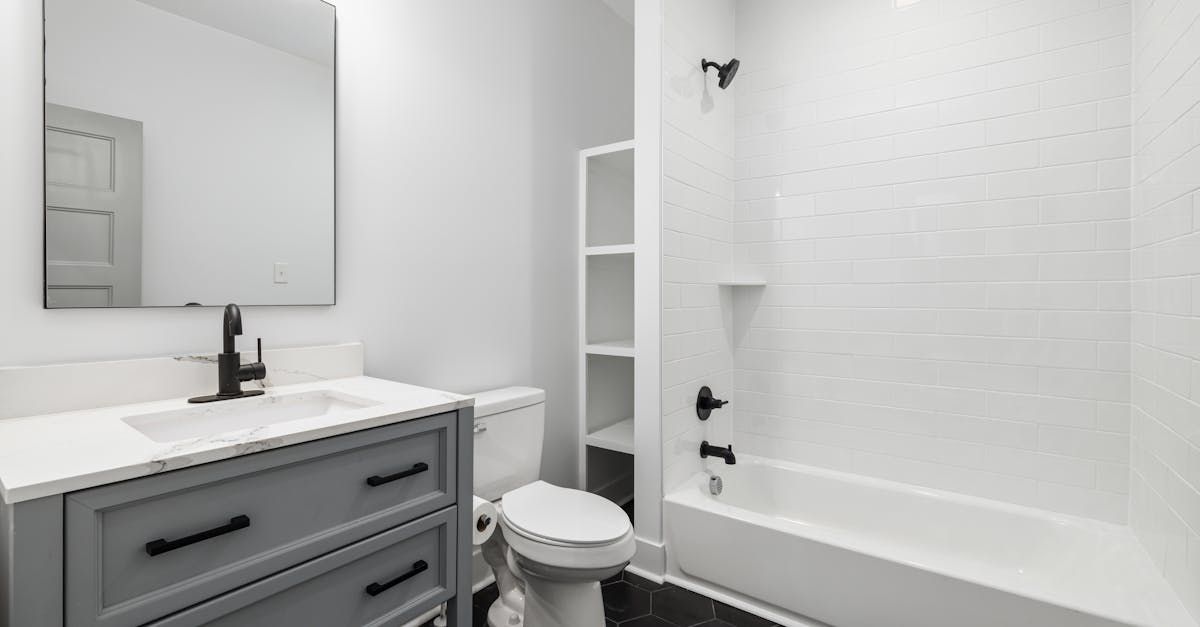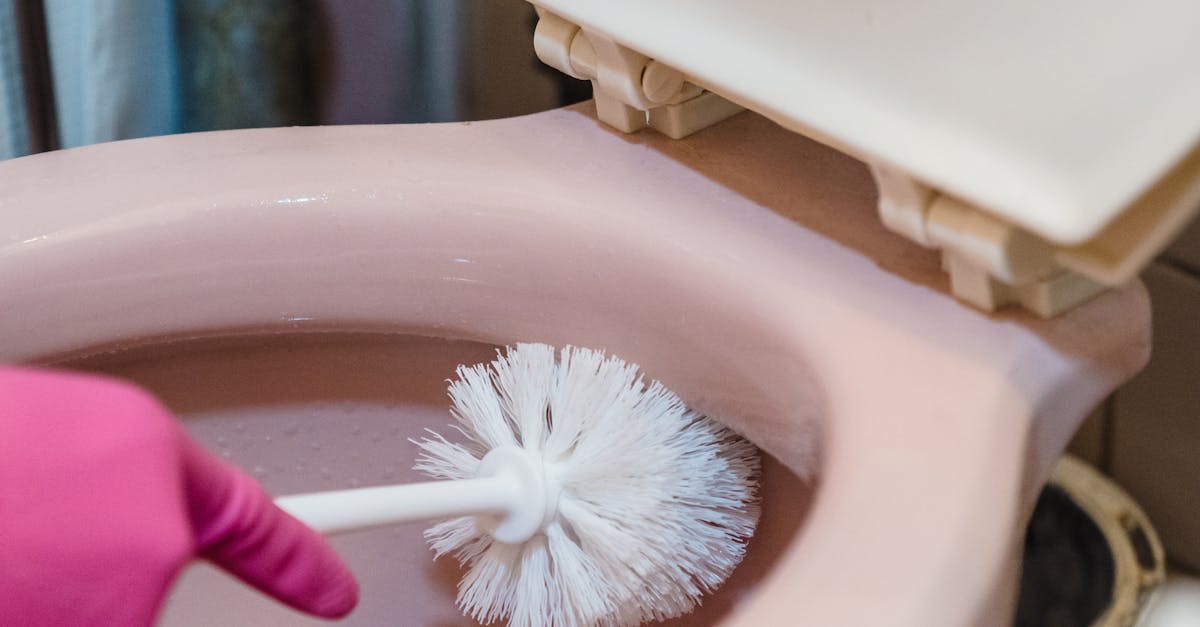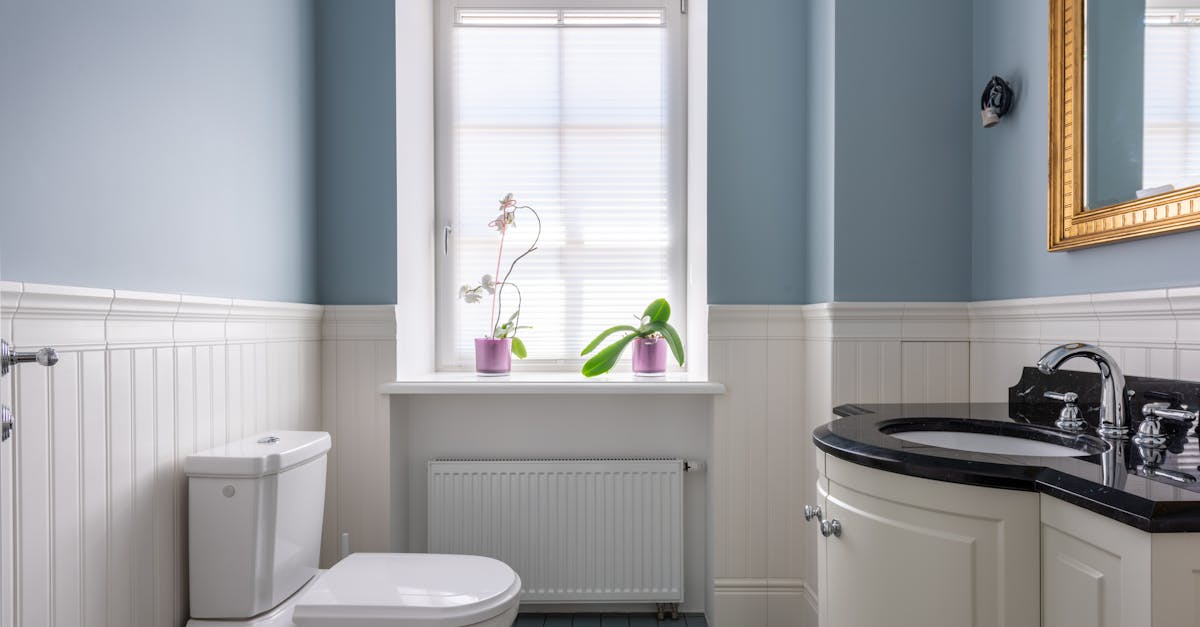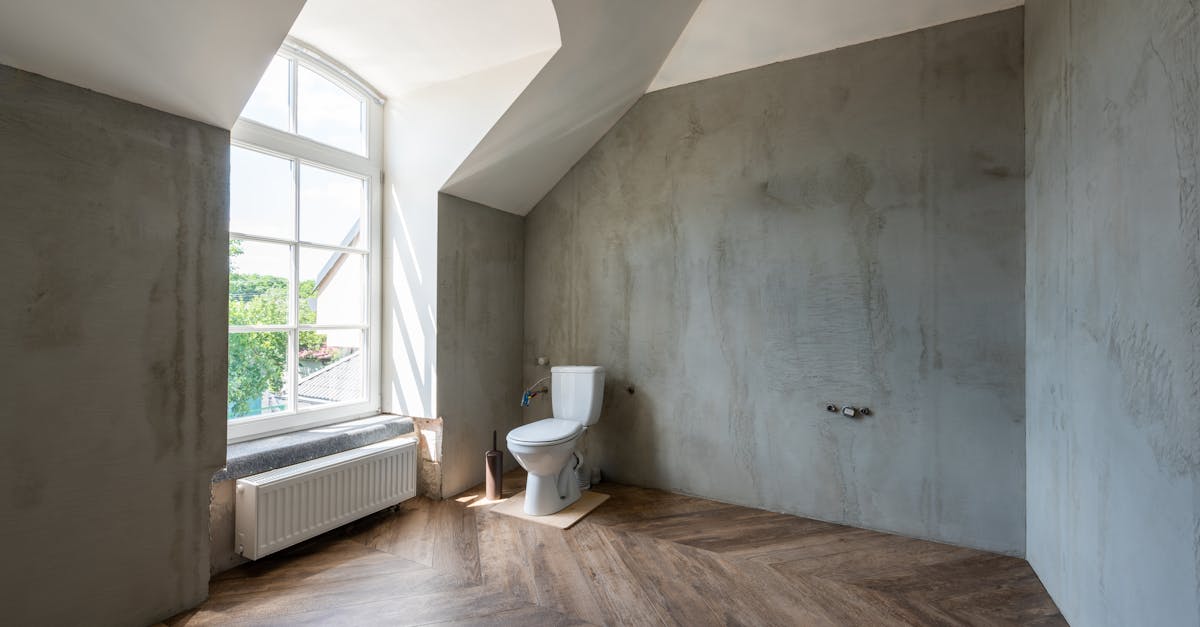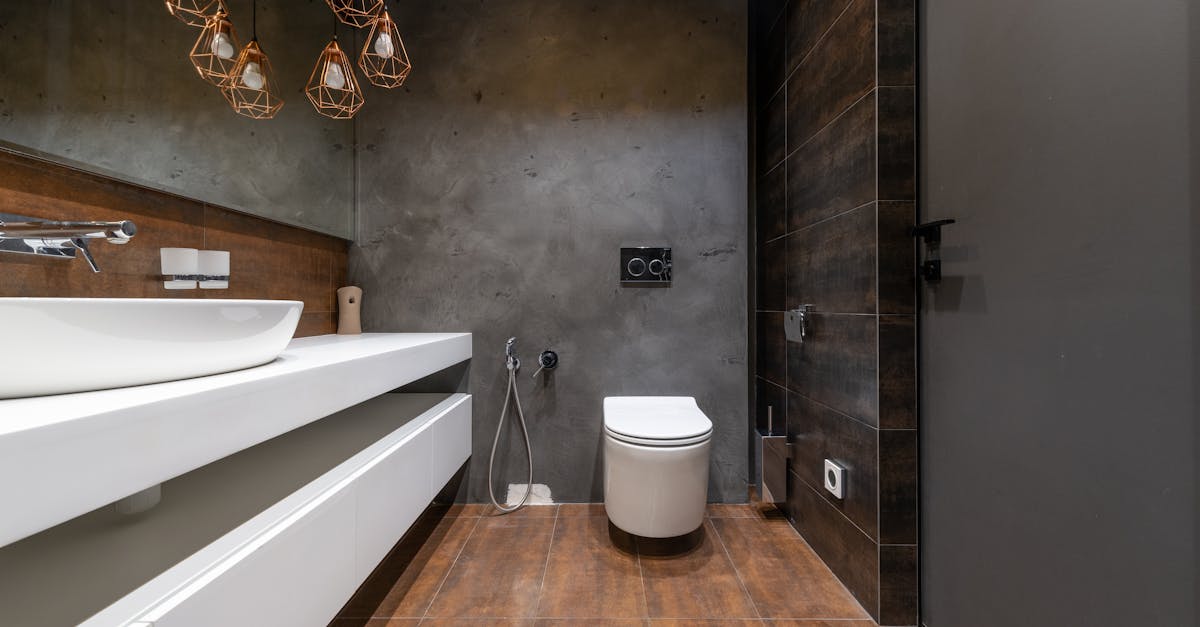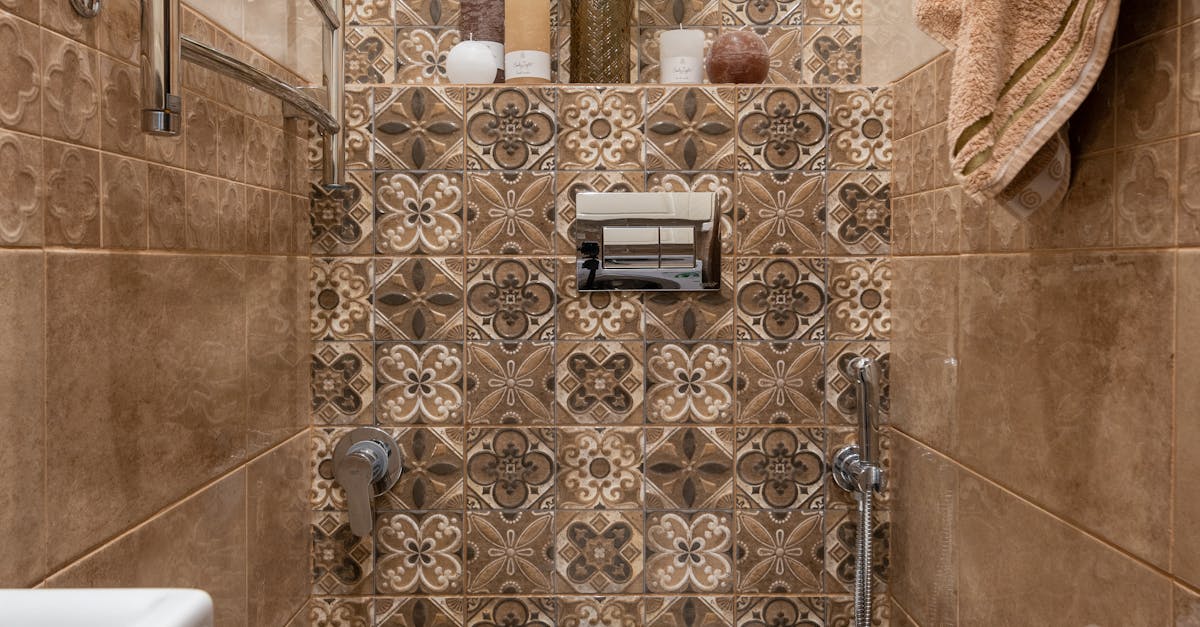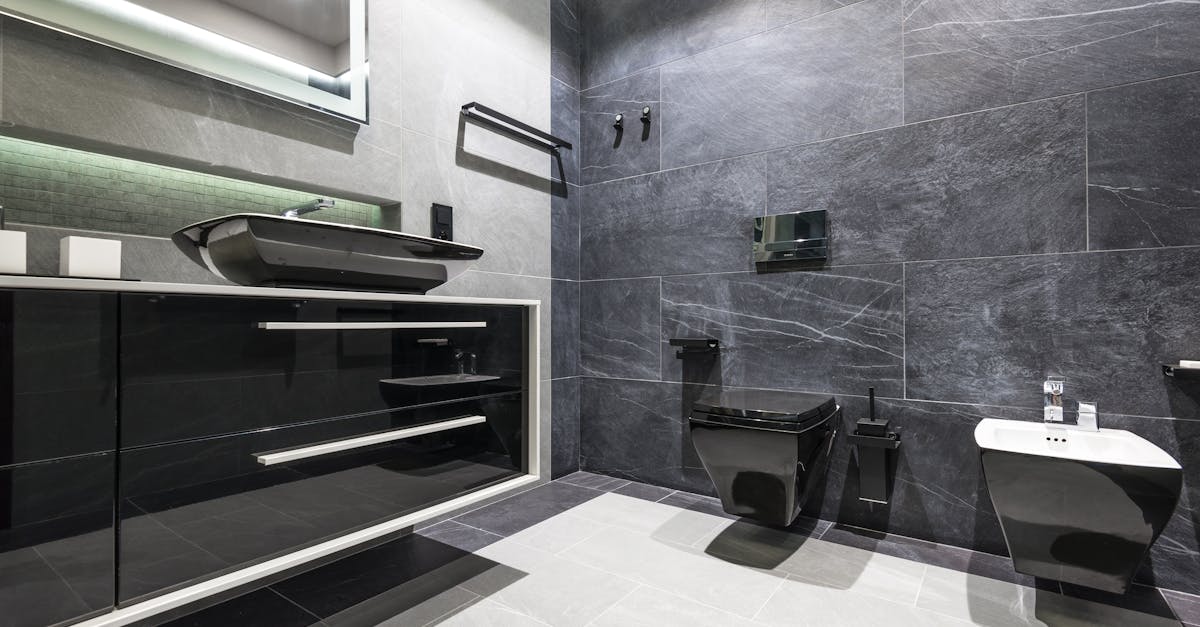
Table Of Contents
Fixing Weak or Inconsistent Flushes
Weak or inconsistent flushes can cause significant frustration, but many issues can be addressed without the need to call a plumber. One common reason for this problem is a clogged or partially blocked toilet trap. Using a plunger or a toilet auger can help dislodge any blockage, restoring proper flow. If the toilet continues to struggle with flushing, checking the water level in the tank is essential. Insufficient water can lead to inadequate flush strength; adjusting the float mechanism may solve the problem.
Another potential issue may be a malfunctioning flush valve or flapper. Over time, these components can wear out or become misaligned, resulting in weak flushes. Inspect the flapper to ensure it seals properly after each flush. If the flapper is damaged, replacing it is one of the simpler toilet repairs that can markedly improve performance. Regular maintenance can also help prevent these issues from recurring, ensuring your toilet remains in top working condition for years to come.
Troubleshooting Fill Valve Issues
If your toilet is experiencing weak or inconsistent flushes, the fill valve may be the culprit. Fill valves control the water flow into the tank after a flush. To troubleshoot this issue, start by inspecting the valve for any build-up or debris. A simple cleaning might help restore proper functionality. If the valve is not functioning correctly, adjusting the float height can also resolve issues related to water levels.
Leaks can also stem from a faulty fill valve. If you notice water constantly running into the bowl, the valve may not be sealing properly. In such cases, a replacement might be necessary. Ensuring the fill valve is functioning correctly is crucial for efficient toilet repairs. Regular checks can prevent more significant plumbing problems and save you from unnecessary expenses.
Tackling Toilet Odours and Smells
Toilet odours can be a nuisance in any home. Common causes include trapped debris in the bowl, improper sealing around the base, or built-up residue in the tank. Regular cleaning of these areas is essential for maintaining a fresh-smelling bathroom. When performing toilet repairs, ensure you inspect the wax seal and replace it if it's deteriorated. This can significantly reduce odours escaping from under the toilet.
Another issue contributing to unpleasant smells could be the venting system. If the vents are blocked, sewage gases may not escape properly, causing them to linger in the bathroom. Having a professional check the venting system can be beneficial, although many homeowners can address simpler issues on their own. Taking proactive steps in toilet repairs can prevent persistent odours from taking over your space.
Exploring Causes and Remedies for Foul Odours
Foul odours coming from the toilet can often be traced back to a few common sources. A malfunctioning wax seal can allow sewer gases to escape, leading to persistent smells. Additionally, a clogged vent pipe can trap odours inside the bathroom. Regular maintenance of these components is crucial for preventing unpleasant scents. Ensuring that the toilet is sealed properly and the venting system is clear can mitigate these issues before they require significant toilet repairs.
In some cases, mineral buildup or stagnant water in the toilet bowl can create a breeding ground for bacteria, resulting in bad smells. A thorough cleaning with appropriate products can help eliminate these odours. If standard cleaning methods do not resolve the issue, it may be worth exploring specialised cleaning solutions or enlisting the assistance of a professional. Addressing these factors promptly can help maintain a fresh and hygienic bathroom environment while reducing the likelihood of needing extensive toilet repairs later on.
When to Replace Toilet Components
In some cases, toilet repairs might not be enough to solve persistent issues. Components such as the flapper, fill valve, or flush valve can wear out over time due to constant use. Signs of malfunction include constant running water, ineffective flushing, or leaks around the base of the toilet. If these problems persist even after attempting minor fixes, it may be time to consider replacing these parts to restore proper function.
Additionally, age can be a crucial factor in evaluating the condition of a toilet's components. Toilets that are more than a decade old often require more frequent repairs and may not function as efficiently as newer models. If you notice an increase in water bills alongside ongoing issues, replacing outdated components could lead to long-term savings. Identifying when to replace toilet parts can ultimately enhance bathroom performance and prevent more significant plumbing headaches.
Signs That Indicate a Need for Replacement
Recognising when to replace parts of your toilet can save you time and money. Signs such as persistent leaks, cracks in the bowl, or constant running water can indicate that repair efforts may not be enough. If you've made multiple toilet repairs in a short period, it may be a hint that the time has come for a more permanent solution.
Another factor to consider is the age of the toilet. Older models may have outdated technology that is less efficient, leading to higher water bills. Components like the flapper, fill valve, and flush mechanism wear out over time. If they've reached the end of their lifespan, investing in new parts can improve performance and reduce future maintenance headaches.
FAQS
Can I fix a toilet myself instead of calling a plumber?
Yes, many common toilet issues can be fixed by homeowners with basic tools and a little knowledge.
What are some signs that my toilet might need repairs?
Common signs include weak or inconsistent flushes, constant running water, leaking around the base, or unpleasant odours.
How can I troubleshoot fill valve issues in my toilet?
Check the water supply valve, inspect the fill valve for clogs or damage, and ensure the float is positioned correctly to allow proper water levels.
What should I do if my toilet is emitting foul odours?
Investigate possible causes such as a clogged drain, wax ring issues, or a build-up of bacteria. Cleaning the toilet and drain can often help remedy the smell.
When is it necessary to replace components in my toilet?
If you notice persistent leaks, continuous running, or if parts show visible wear and tear, it may be time to replace components like the flapper, fill valve, or wax ring.
